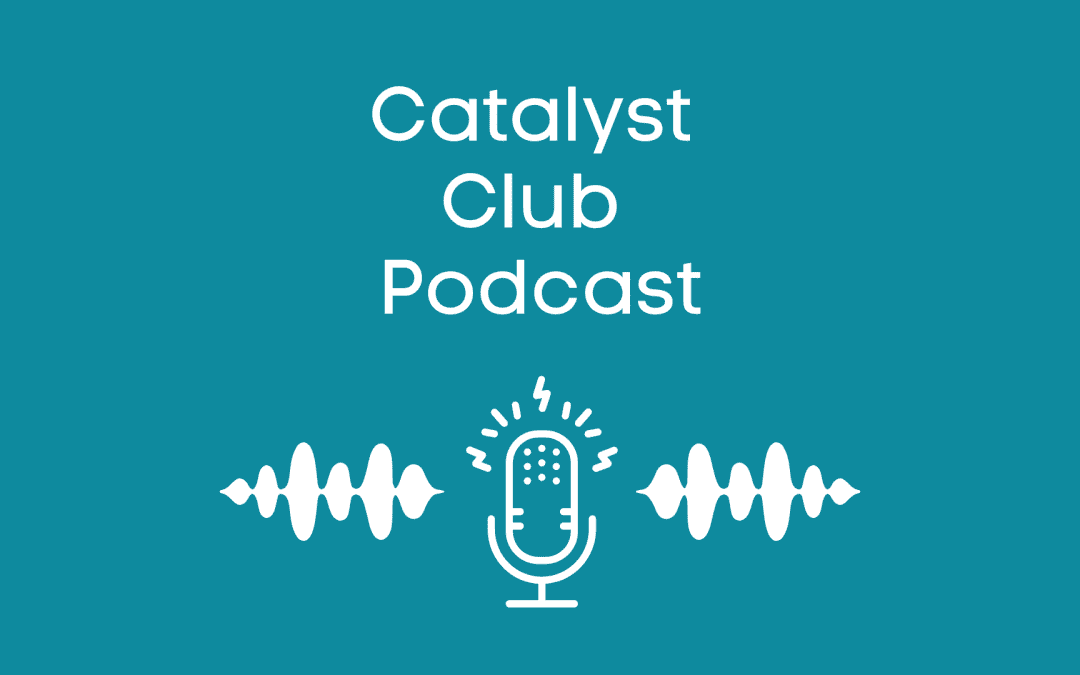Taylor is a wizard of contact center technology because he has been on both sides of the contact center. First as an Agent on the end user’s side, where terrible digital employee experience led him to want to learn more about the technical side of things, and now leading a team of technical resources on the vendor’s side. His previous roles, even those before getting into tech, give him a unique perspective on what works and doesn’t work in contact centers.
So how do you build and optimize your contact center?
Analyze and understand data.
There are many things you need to be aware of when looking to implement changes. First, you need to identify the purpose or goal that you want to achieve with your contact center.
Next, you need to identify tools and processes that you already have and could be implemented to increase employee experience. Remember that a positive employee experience leads to a positive customer experience.
Finally, you need to understand your customer. Where do they live? Who are you marketing to? Who are your typical callers? What are the typical profiles associated with them? How do they want to speak with you? What are they looking to accomplish? What are the reasons they are reaching out to you?
Once you have all this data, you can build a framework by making data-driven decisions. Clean data is essential for driving contact center optimization.
With clean data, you’re able to see the contact center you really have, instead of the one you think you have. You can learn:
- Reasons behind:
- Long wait times
- Abandon rates
- Transfer rates
- Customer touches that can be improved by self-service/increased automation
- More accurate staffing forecasting
- Training issues and gaps
- Problem areas in your IVR
- Overall employee and customer satisfaction
Invest in and support your people.
Despite the increased options for automation and self-serve tools, the human touch will never go away in the customer journey. You can implement an inferior contact center platform and still have extremely high-quality/well-trained agents to give your customers a positive experience. You cannot succeed with poor-quality agents, even if you have the best contact center platform in place. Because of tools like AI and bots, you can now specialize and train your agents to take on more impactful calls.
Integrate all platforms.
There needs to be the same messaging across all platforms. No matter how your customers reach out it’s the same experience anywhere. Phone calls are just a piece of the CX journey. You can integrate with your marketing system, your CRM and even your third-party BPX to get a holistic view of your customers’ journeys.
Prepare for security and redundancy.
You must be prepared for situations to happen. The pandemic was certainly not a situation most of us were prepared for, especially contact centers that were 100% on-premises. Issues like “what to do if the fire alarm at the contact center goes off?” have been replaced with issues like ensuring remote employees have appropriate broadband at home. Problems like these happen to everybody, no matter how much you plan for them not to. Ensuring there is a plan in place for when they do is key.
The contact center of the future.
Taylor predicts that:
- DEX = Agents will become even more trained and have more tools to leverage than ever before.
- WFM= There will be an increase in implementations of knowledge management tools and gamification tools, as well as tools that support scheduling flexibility.
- CX = AI will evolve and, where it makes sense, will come into play with other tools to assist and learn more about customers.
- QA = Transcription will continue to change the game. Live transcription allows for things like real-time sentiment analyses and auto-evaluations for ALL interactions with the use of keywords.
- Admin = Backend administration will have more and more automation and processes will speed up even more.
- Data = Not just clean contact center data, but data across organizations to truly understand what’s happening.
What can you do now to get some quick wins? Taylor says there are three things. The first is to experience the journey as a customer, often. Yes, that’s exactly what it sounds like. Do things like calling the support number and see what happens. Take notes and make the necessary changes to solve any issues you may experience. The second is to look at your data. Every day that goes by the more data you have available to help optimize the contact center. And finally, make your agents happy. Make sure they have proper training, that the processes they use work, and that the tools they need are easily accessible. Your agents are the most important part of the contact center.

